As the air becomes a little brisker over the last few days, the chill enhances visual clues that autumn has officially arrived. Leaves slowly change from their summer greens to vivid Fall oranges, browns, and reds.
Continue reading
Blog of the Pennsylvania State Historic Preservation Office

As the air becomes a little brisker over the last few days, the chill enhances visual clues that autumn has officially arrived. Leaves slowly change from their summer greens to vivid Fall oranges, browns, and reds.
Continue readingPennsylvania has a long and important history related to metal truss design, fabrication and erection. PennDOT’s SPIKE funding may help with their preservation as part of the commonwealth’s transportation infrastructure.
Continue readingI recently had an opportunity to talk about PennDOT’s Penn Street Bridge Project in Reading at the American Planning Association’s Pennsylvania Chapter conference this past October.
Continue readingWhen travelling between Schuylkill and Lebanon County, some may prefer to skip Interstate 81 and take the more scenic route past Swatara State Park. The park is relatively recent in its formation, created in 1987, and DCNR continues to make infrastructure improvements to provide access to recreational opportunities within the park including biking, hiking, boating, and fishing.
Continue reading
The biggest obstacle for a small trail or historic preservation group to assume ownership of a historic bridge is usually funding. They operate on lean budgets and do not always have the extra resources to purchase, rehabilitate and maintain a historic bridge. However, a success story is in the making with the transfer of the Watts Mill Bridge from PennDOT to the people of Beaver County.
Continue reading
Tired of the same old gingerbread house each Christmas? Just four (mostly straight) walls and a gable roof? Challenge yourself this year to break out of that mold and make one of Pennsylvania’s landmarks instead!
The inspiration…
I was scrolling through Facebook the other day and noticed a post from the Heritage Documentation Programs at the National Park Service (NPS) about using drawings from the online public HABS/HAER/HALS collections for gingerbread houses or holiday villages!
Brilliant idea!
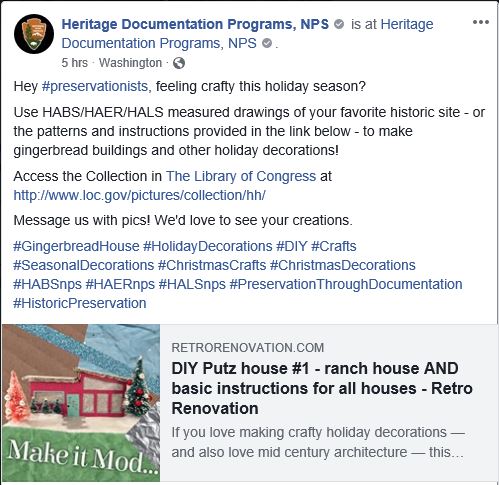
NPS’ inspirational post on Facebook.
And here is an interesting fun fact that you can use to impress your helpers while you build your gingerbread creation: the term “gingerbread” was used to mean a dessert made with ginger starting in 15th century England. Gingerbread houses started in 16th century Germany and their popularity rose with the Brothers Grimm tale of Hansel and Gretel. Check out this link from PBS for more history.
What is HABS/HAER/HALS?
In case you’re not familiar with these acronyms, I’ve give you some quick background. They stand for:
These three collections are housed in the Library of Congress as part of the Prints and Photographs Division. The collections can contain one or more of the following types of documentation: measured drawings, large format black and white or color photographs, and data pages with property information and some history.
The collection started with HABS in 1933 as a joint NPS, Library of Congress, and American Institute of Architects (AIA) program to document America’s landmarks and architectural heritage – and help architects, historians, and artists find work during the Great Depression. It is often considered the federal government’s first preservation program, decades before the National Historic Preservation Act of 1966, which established most of the programs we use today like the National Register of Historic Places.
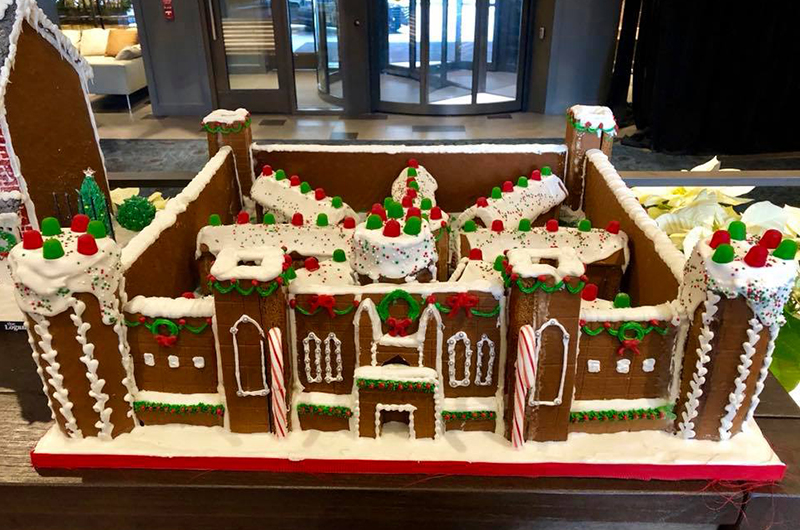
Drexel students recreate Eastern State Penitentiary in gingerbread! Photo from https://drexel.edu/now/archive/2017/December/Gingerbread-Houses/.
HAER was established in 1969 and this time the National Park Service and Library of Congress teamed up with the American Society of Civil Engineers. This partnership has grown and changed over the years but one thing has remained the same: bridges, as the most ubiquitous historic engineering structures in the country, are among the most common documented structures in the collection. Ships, steel works, railroads, canals, and other networks are also appropriate subjects to document with HAER.
HALS was the last collection to be added in 2000 and its mission is to record historic landscapes throughout the US and its territories. NPS and the Library of Congress work with the American Society of Landscape Architects (ASLA) for this collection, which can include a wide range of historic landscapes from a vegetable garden to a cemetery to a nuclear test site(!).
A HABS/HAER/HALS Gingerbread Extravaganza!
So why not browse the collections and find a Pennsylvania landmark to recreate in this holiday confection? Why stick with the same old thing?
Getting started is easy! Go to http://www.loc.gov/pictures/collection/hh/ and type in the name of a building, bridge, place, county, etc. into the search box and click “Go”. If you go with the basic “Pennsylvania”, you’ll get 36,826 hits, so you might want to narrow your search!
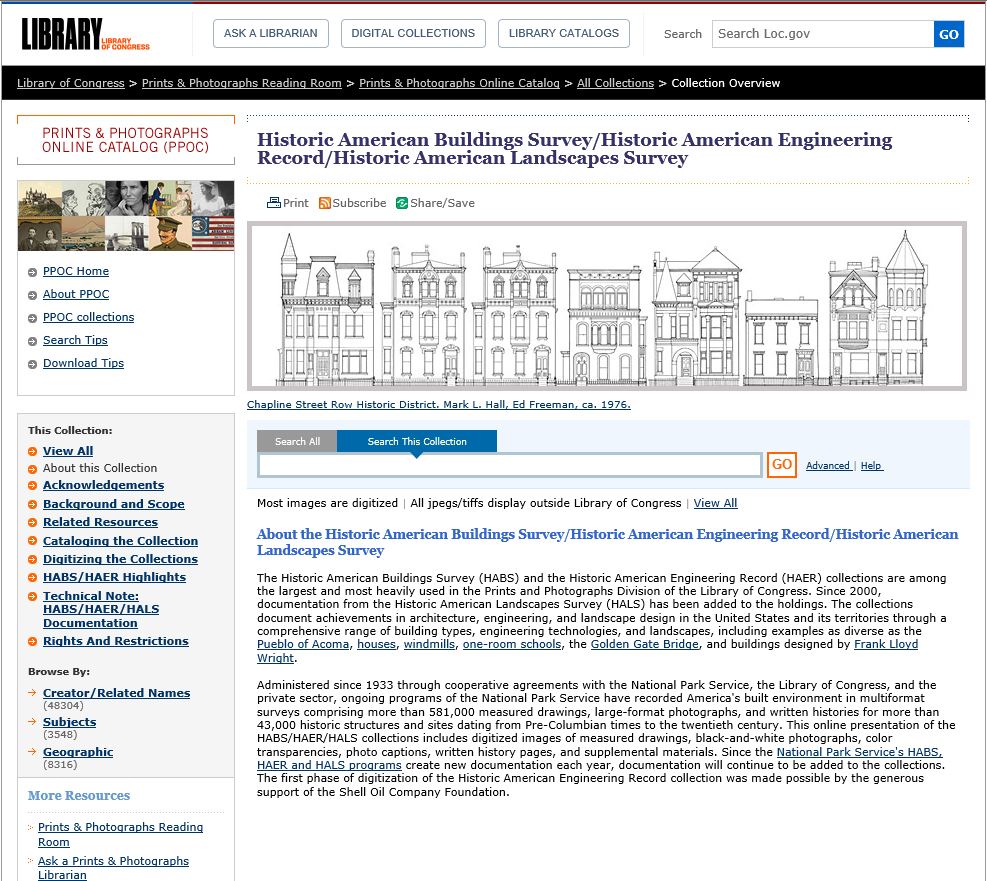
You can search any of the three collections from this page on the Library of Congress website.
Depending on your skill level, creativity, and time, you can look simply look at a photograph or two for inspiration or download the measured drawings. Make sure to take a few minutes to read through the data pages and learn the history behind your choice!
There are lots of places online to find out the basics of gingerbread house building – I typed “build your own gingerbread house” into my favorite search engine and found tons of articles and videos.
If you’re feeling overwhelmed, here are a few of the places I’m considering this year:

Watch this video of architects designing the Frank Lloyd Wright masterpiece, Fallingwater, in Fayette County, PA.
The real – and gingerbread – places that matter
What’s important about the holidays – and your gingerbread house – is that its about the people and places that are important to you. There are thousands of places documented through HABS/HAER/HALS for inspiration but the best gingerbread house is always the one you build of the places you love with the people you cherish.
Gather your neighbors and build a replica of your favorite hangout or your family and recreate your great-grandparents farm house. Whatever it is, make sure its a place that matters to you.
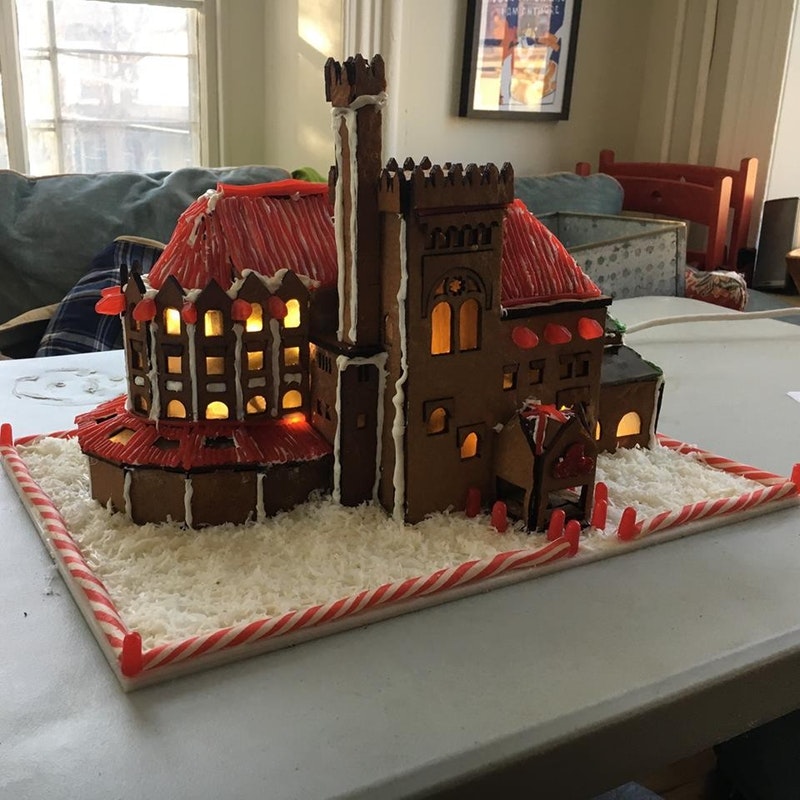
Last year, University of Pennsylvania students recreated Frank Furness’ Fisher Fine Arts Library in gingerbread.
Tell us about your creation!
Share your ideas and inspirations with us by commenting on this post or tagging us at #PATrailsofHistory or #PASHPO in your social media post. Suggestions for other places to replicate in gingerbread? Photos of your own creation? Let us know about it!
Good luck!
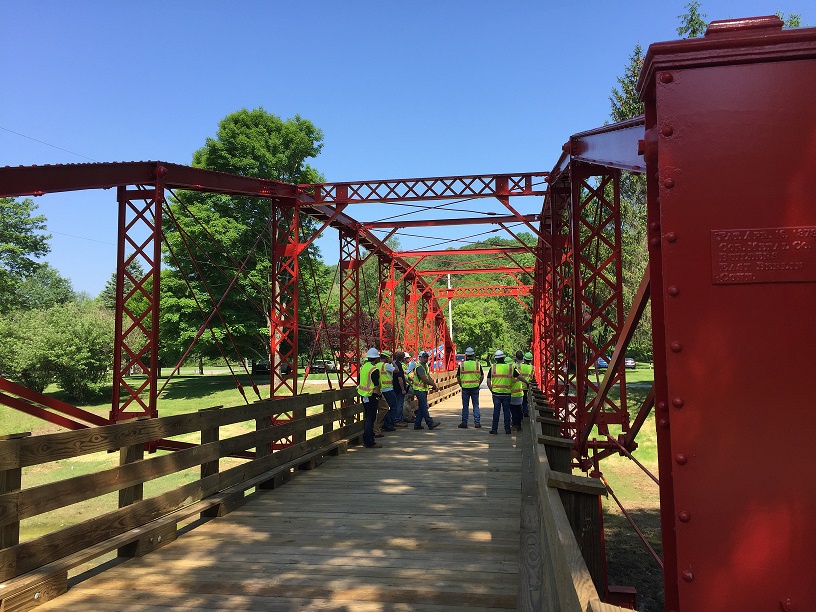
It was ten years ago, almost to the day, that I participated in a series of scoping field views for the Pennsylvania Department of Transportation (PennDOT) that involved a brilliant idea to address the needs of two seemingly separate projects. Continue reading

Metal truss bridges are an important part of Pennsylvania’s engineering and technological history and stand as a legacy to the state’s iron and steel industry. Continue reading

Picture yourself – lounging poolside, lakeside, or on the beach – with your tablet or smart phone (or even good old-fashioned paper) enjoying the hottest summer publication that hasn’t yet made the New York Times bestseller list: #preservationhappenshere, Pennsylvania’s next statewide historic preservation plan. Continue reading
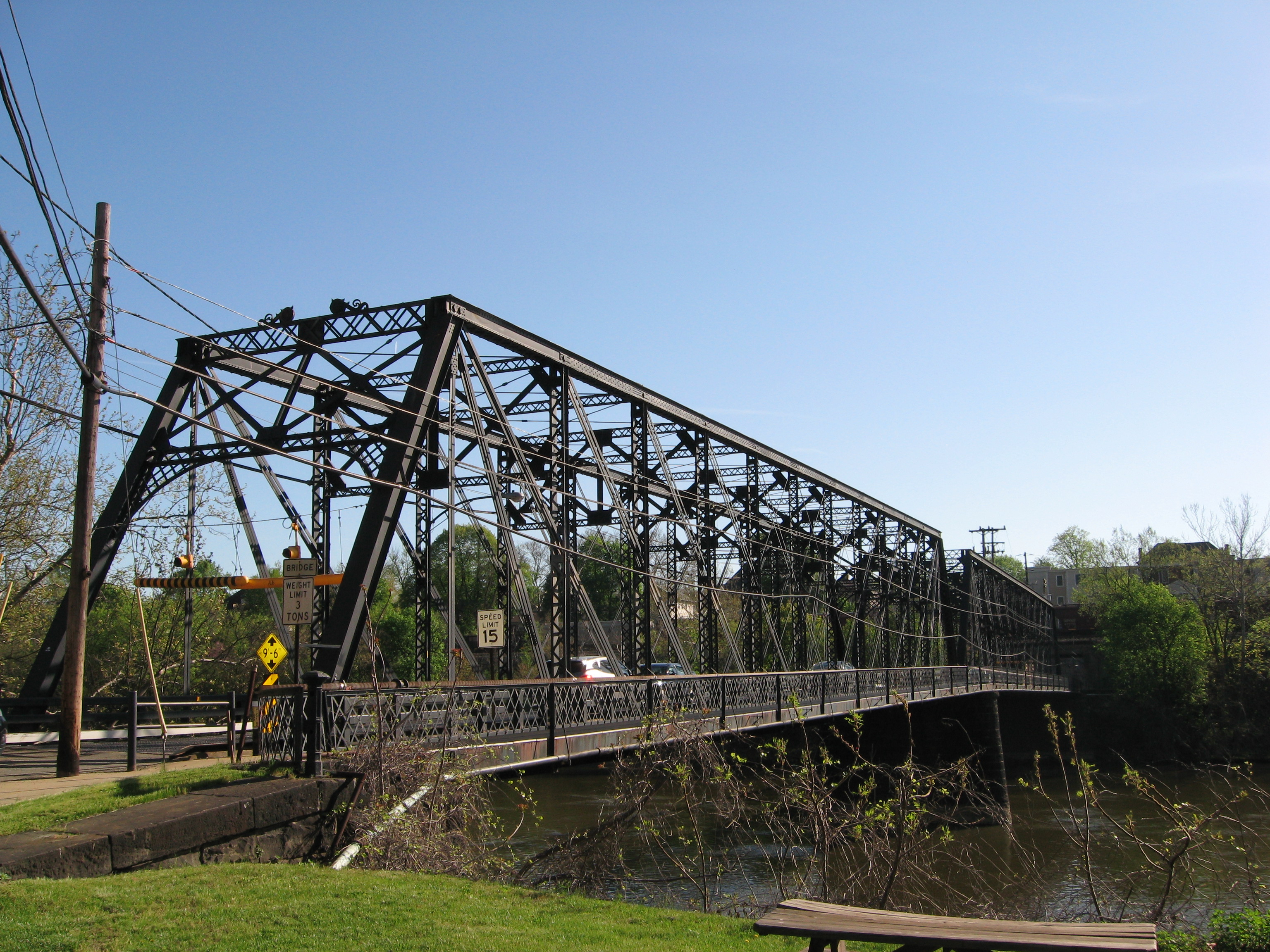
Metal truss bridges are an important part of Pennsylvania’s engineering and technological history and are a standing legacy to the state’s iron and steel industry. Unfortunately, modern traffic needs in combination with insufficient maintenance funding, especially for locally owned bridges, has made rehabilitation and ongoing maintenance of these bridges difficult and many of them have been demolished and replaced with modern structures.
In an effort to save the remaining population, PennDOT, with help from the State Historic Preservation Office, has developed a marketing program and seeks groups or individuals interested in acquiring historic metal truss bridges that no longer can meet vehicular needs for adaptive reuse. An important feature of metal truss bridges is their ability to be dismantled and moved, giving them new life as a pedestrian or light vehicular bridge for trails, bike paths, parks, golf courses, and college campuses.
Not only do historic bridges help link a place with its local heritage, they also promote the value of recycling and provide eye-catching designs. Many of these bridges become destination spots attracting heritage tourism and adding economic development to the area.
For more information sign up for the Historic Metal Truss Bridge Newsletter. The newsletter, which will be sent out semi-annually, will highlight available bridges, how to acquire a bridge, adaptive reuse success stories and available funding.
© 2025 Pennsylvania Historic Preservation
Theme by Anders Noren — Up ↑
Recent Comments